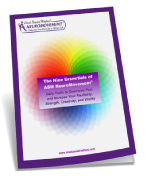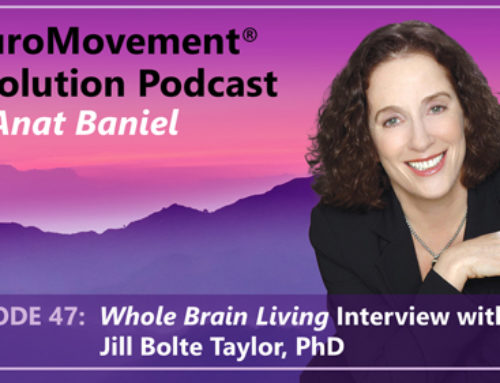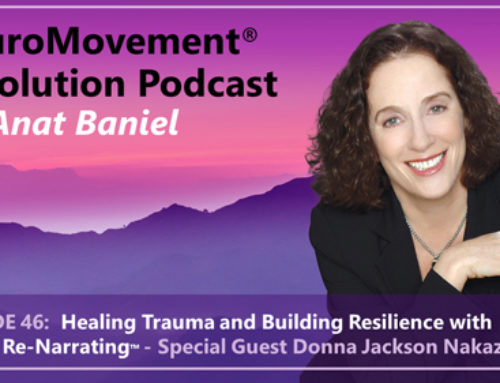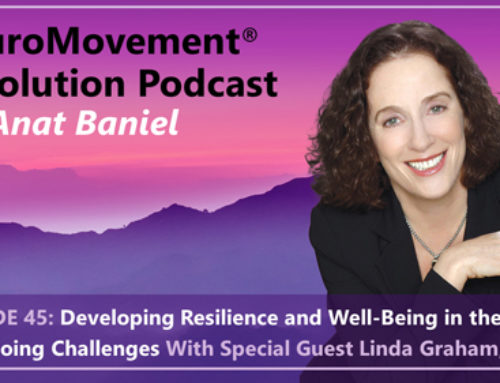Movement and Learning Based Approach to Working with Scoliosis
Article by Anat Baniel
I would like to introduce a new approach, both theoretical and practical, to working with scoliosis.
Scoliosis understood as a neuromuscular disorder: A healthy spine can move in all directions: it can twist, bend forward, backward and sideways, and any combination of these four directions. When in action, the spine repeatedly moves out of the midline and then comes back to it.
The spine is a live system, not an inanimate object. It is an integral part of a complex system, ultimately controlled by the most complex physical object on the earth – the brain. The live, functioning spine is much more than a skeletal system or even a muscular and skeletal system. It is also a profoundly neurological system.
The spine of a person suffering from scoliosis never comes fully back to the midline.

Since it is in the nature of the brain to always seek to achieve the optimal, scoliosis is an expression of how the brain is best able to organize the spine, based on the history of what it has learned so far, the health of the person, and on current input. Over time this failure creates a persistent curvature. If we want to help the brain better optimize the organization of the spine, then we must provide the brain with new and useful information.
The subjective versus objective perception: People suffering from scoliosis feel “normal”, “in the middle” and hence cannot correct themselves. Visual cues andverbal instructions, like: “sit straight”, or “bring your head to the middle”, will be of no help since the person has no clue where those places are. What they need is new kinesthetic information that will change their perception of “the middle” and “straight” in order to reorganize themselves to fit more into the objective midline.
Organizing the spine in the midline is learned through movement: It is through movement that healthy babies gradually learn how to control their back. The brain goes through a kind of apprenticeship, learning by experimentation and variation how the musculature can be best organized to be able to hold the head up, to move the spine in all directions, to carry the head successfully, and to create an accurate sense of the midline. In order to reduce the curvature in the spine, at any age, a person needs to re-engage in the same kind of learning process that occurs spontaneously in healthy infancy.
In subsequent posts, I will outline my approach to working with Scoliosis based on the Nine Essentials of the Anat Baniel Method® and share the experience of some of the people I have worked with.
Previously published in Cerebral Palsy Magazine, June 2004
Copyright 2004. Anat Baniel Method. All rights reserved.
Click here to download this article Movement and Learning Based Approach to Working with Scoliosis.




